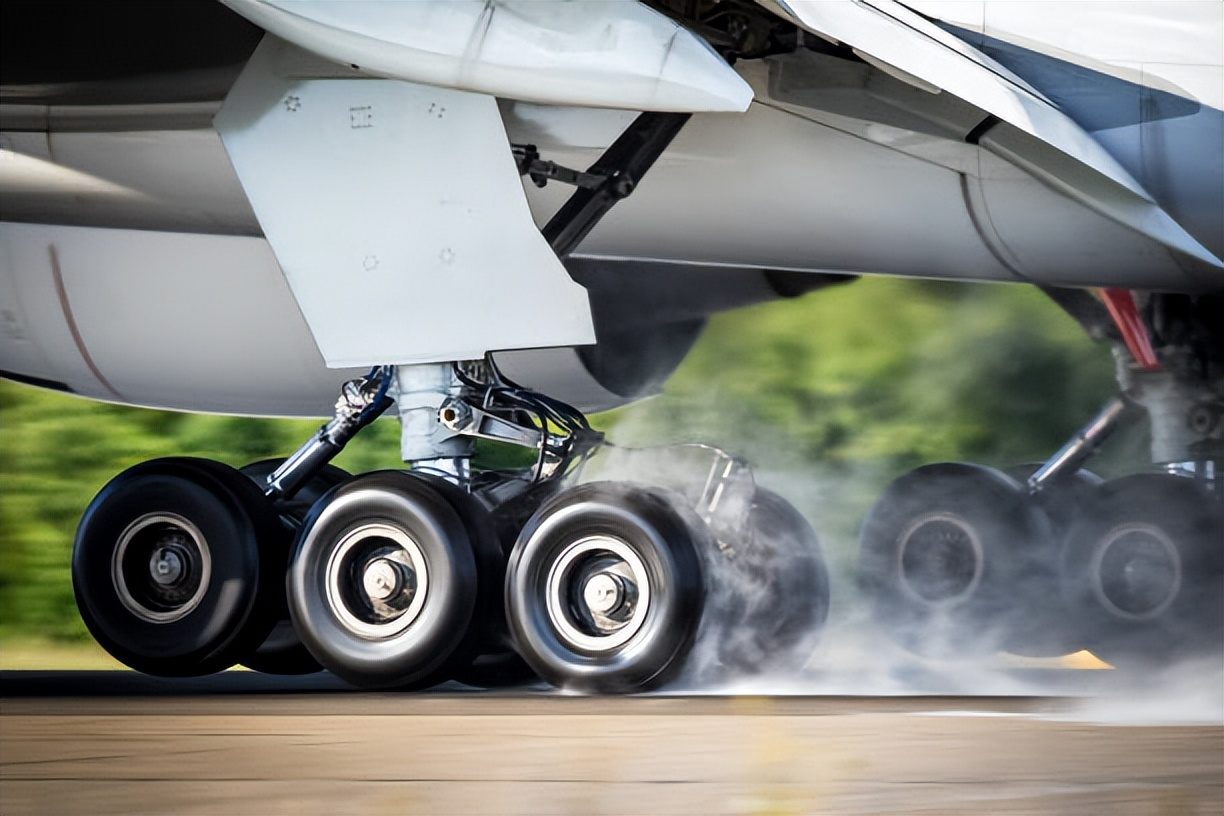In the complex world of aviation, safety is built on countless systems working seamlessly together. One such system—often unnoticed by most parties but critical to every flight, is the ACN-PCN system. This method helps ensure that aircraft operate on runways, taxiways, and aprons that can handle their weight, protecting both planes and pavement from damage. But what exactly are ACN and PCN, and how do they help keep aviation safe?
What Is ACN?
ACN stands for Aircraft Classification Number. It represents the relative effect of an aircraft on a pavement surface, based on its weight, landing gear configuration, and tire pressure. Simply put, the ACN quantifies how much stress a specific aircraft type puts on the pavement.
Each aircraft type is assigned an ACN for both rigid (concrete) and flexible (asphalt) pavements, (such as our aircraft landing mats as advertised). These values are determined through standardized calculations set by the International Civil Aviation Organization (ICAO).
What Is PCN?
PCN stands for Pavement Classification Number. It indicates the bearing strength of an airport pavement. Every paved surface at an airport—runways, taxiways, and aprons is assigned a PCN by the airport authority, based on pavement design, construction, and condition.
The PCN is expressed in a standardized five-part code:
- A numerical value (bearing strength),
- Pavement type (rigid or flexible),
- Subgrade strength category,
- Tire pressure limit,
- Evaluation method (technical or experience-based).
Example: 45/F/B/X/T
How the ACN-PCN System Works
The ACN-PCN system is essentially a compatibility check between aircraft and pavement:
- If an aircraft’s ACN is less than or equal to the pavement’s PCN, it is safe to operate.
- If the ACN exceeds the PCN, the aircraft may damage the pavement or be subject to operating restrictions.
This helps airport operators to make informed decisions about where aircraft can safely operate.
Why It Matters
- Pavement Protection
Airport pavements are expensive and designed for long-term durability. Allowing aircraft that exceed pavement strength can cause structural damage, leading to costly repairs and unsafe conditions. - Operational Safety
Ensuring that pavements can support aircraft loads reduces the risk of surface failures like rutting, cracking, or sinking. These can be dangerous during takeoff, landing, or taxiing. - Efficient Planning
The ACN-PCN system supports effective airport design, aircraft scheduling, and load management. Engineers for example use it to ensure that the infrastructure can support current and future operations. - Global Standardization
As an ICAO-endorsed system, ACN-PCN allows airports and airlines around the world to communicate pavement strength and aircraft compatibility in a consistent way.
Conclusion
Although the Aircraft Classification Number in most instances has already been calculated and is thus freely available in publication format, the Pavement Classification Number for a newly developed asphalt, or flexible runway is not and therefore needs to be determined through a series of calculations. Additional factors that need to also be considered when determining this outcome include the Maximum Takeoff Weight of the Aircraft, Density Altitude and Maximum Tire Pressure permitted for aircraft that will be using this runway
By ensuring that aircraft only operate on pavements strong enough to support them, it helps prevent damage, reduce risk, and keep flights running smoothly. It’s a perfect example of how precision and planning underpin every successful takeoff and landing
For further information please email Martin via info@aircraftlandingmats.com






